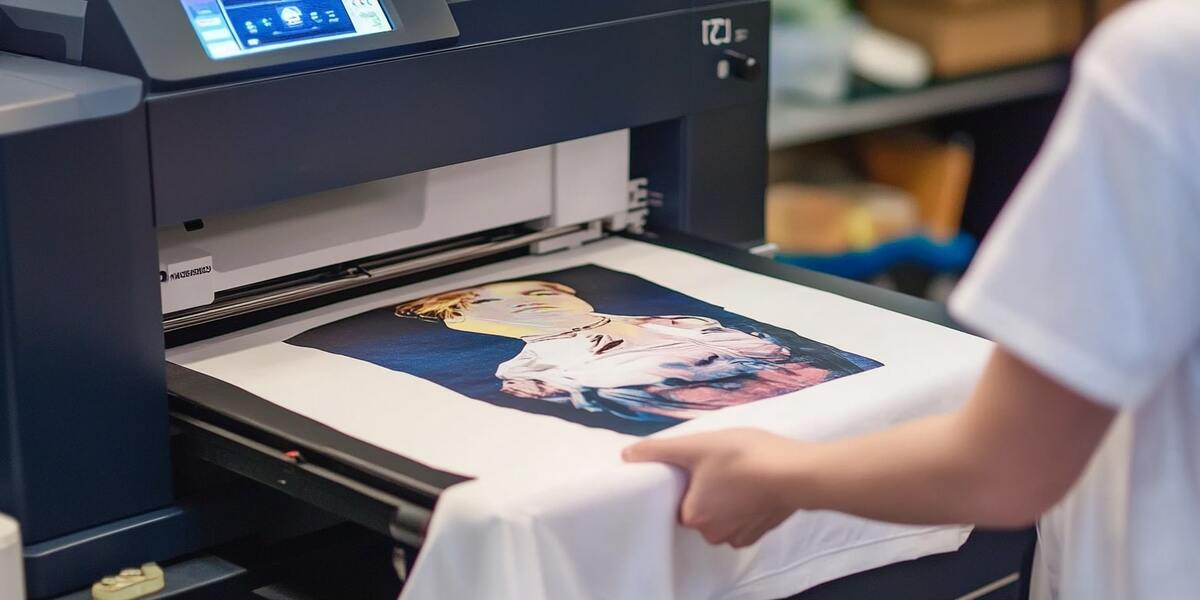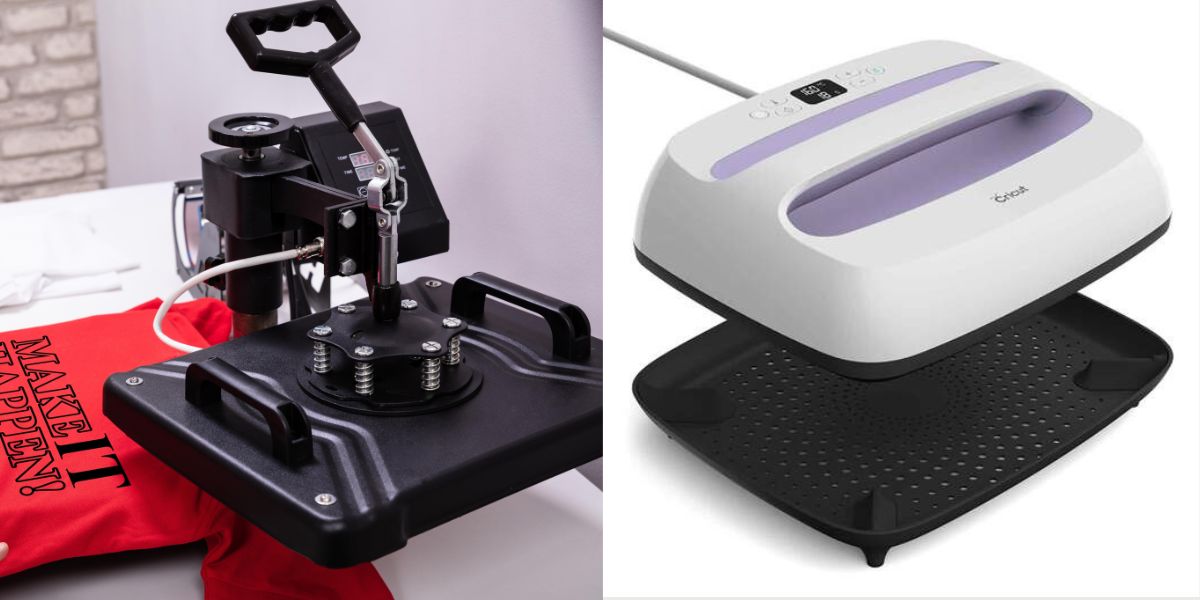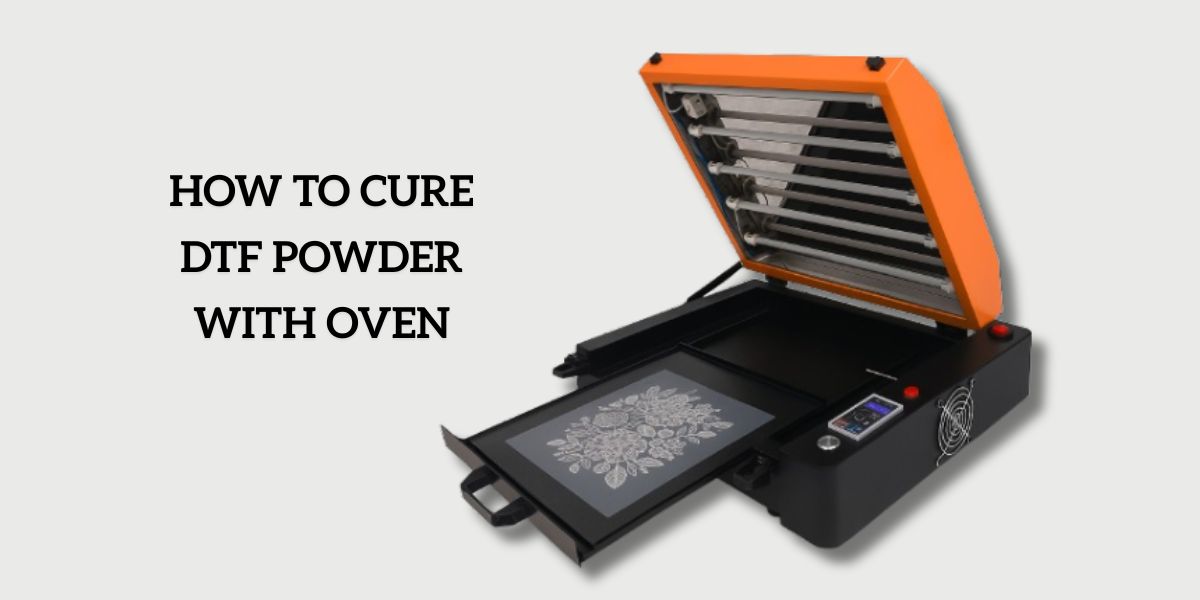
Blog
Sublimation Printing 101: How It Works and Why It’s Popular

After learning about some popular printing methods like digital printing, screen printing, offset printing… in the previous blogs, let’s take a look at another fascinating technique that’s gaining popularity – Sublimation printing. You may (or may not) know that it can produce vibrant, high-quality prints on various materials. However, what are the products this printing method can produce and what exactly makes sublimation printing so appealing?
In this blog, together we will learn about the basics of sublimation printing: what it is, how it works step by step as well as its highlight benefits that make it a standout method in the printing industry. So, let’s get started.
What is Sublimation Printing?
Sublimation printing is a unique printing method because it heats solid dye to make it turrns directly into a gas and then transfers it onto various materials.
This method allows dye not passing through a liquid state. This leap phase change is called sublimation, and this word is also used for the printing method’s name.
This method allows for highly durable and fade-resistant prints because the gaseous dye bonds with fibers or surface at a molecular level.
It also allows for incredibly detailed and sharp images because of the fact that the dye becomes part of the material itself rather than just sitting on the surface.
As a result, sublimation printing produces stunning, long-lasting prints that are perfect for both personal and professional applications, for making printed things like custom apparel, home decor, promotional products, signages and more.
How Does Sublimation Printing Work?
1. Design
Sublimation printing requires a digital file, so creating a digital design is the first step. You can print anything, from a photograph or a custom graphic, just make sure that your design is created crisp, clear, and in high resolution.
2. Printing
Once your design is ready, it is printed onto a special sublimation transfer paper using sublimation inks. These inks are unique because they can turn from a solid to a gas without becoming liquid, which is essential for the sublimation process.
3. Heat Transfer
After printing, put the transfer paper with the design onto the item you want to print on, which can be fabric, ceramic, metal, etc. Then these two things will be subjected to high heat (around 400°F) and pressure using a heat press.
4. Sublimation
Under the influence of heat and pressure, the sublimation inks on the transfer paper turn into gas. This gaseous dye penetrates the fibers or coating of the substrate, allowing the dye to become part of the material itself.
5. Final Product
Remove the heat press and let the substrate cool, you will have the dye in a solid state and it will stay within the material. This creates a permanent and vibrant print. The result is a long-lasting, durable print that is resistant to fading, cracking, and peeling.
Popular products of sublimation printing
Sublimation printing is a popular choice for a wide range of products, including:
Clothing
One of the most common uses of sublimation printing is on clothing. You can see products such as t-shirts, hoodies, and sportswear printed with sublimation technique because this process ensures vibrant, durable, and fade-resistant prints, making it perfect for items that usually go under regular washing and wear.
Home Decor
Sublimation printing is also widely used for home decor items. Printed cushions, curtains, and other decorative items benefit from the ability to produce detailed and colorful designs of this printing.
Personalized Items
Sublimation printing is ideal for creating personalized gifts like mugs, phone cases, mouse pads, and keychains. With this printing technique, these items can be customized with unique designs, photos, or messages.
Photo Prints
High-quality photo prints on materials like metal, wood, and other surfaces are another popular application of sublimation printing. As it allows for detailed and colorful prints, sublimation printing is the perfect choice if you want to display cherished memories or create stunning artwork.
Why Sublimation printing products popular
Sublimation printing products are incredibly popular for several reasons:
High-Quality Prints
Sublimation printing produces vibrant, full-color prints with excellent detail and clarity. This method allows for high-resolution images that are crisp and eye-catching, making it a favorite for creating stunning visuals on various products.
Durability
One of the standout features of sublimation printing is its durability. Because the ink becomes part of the material, your printed product will be long-lasting and resistant to physical impacts and environmental factors.
Versatility
This printing method can be used on a wide range of materials, from polyester fabrics, coated metals, ceramics, to plastics. This means you can create a diverse range of products with sublimation print.
Customization
By using a digital file which allows for easy modifying, sublimation printing is ideal for creating customized and personalized items like unique apparel, personalized mugs, or custom photo prints, this method allows for endless creativity.
Flexibility in Print Runs
Sublimation printing is suitable for both small and large print runs, making it accessible for individual projects and businesses alike.
Conclusion
Sublimation printing is a popular choice in the printing field because it offers a blend of high-quality prints, durability, and versatility. So if you are looking for a printing method for personal projects or professional use, this technique stands out for its impressive results.
Want to know more about other printing methods and customized printed products? Be sure to check out our blog category “All about printing”. You’ll find valuable insights and tips to enhance your printing projects.
Sublimation Printing FAQs
What do I need for sublimation printing?
To start with sublimation printing, you’ll need a sublimation printer, sublimation inks, sublimation transfer paper, a heat press, and the item you want to print on. This item must be compatible with this printing technique.
What program should I use for sublimation printing?
Common programs for designing sublimation prints include Adobe Photoshop, Adobe Illustrator, CorelDRAW, and other graphic design software that can handle high-resolution images and CMYK color profiles.
When printing on sublimation paper, which side do you use?
You print on the white side of the sublimation paper. This side is specially coated to hold the sublimation inks.
Can sublimation print white?
No, sublimation printing cannot print white. It relies on the substrate’s color, so printing on white or light-colored substrates is essential for accurate color representation.
What lasts longer: sublimation or screen printing?
Sublimation prints generally last longer because the ink becomes part of the material, making it more resistant to fading and wear. Screen printing can also be durable, but it may crack or peel over time, especially on heavily washed items.
Why is my sublimation printer printing the incorrect colors?
Incorrect colors can result from various issues such as improper color settings, outdated printer drivers, using non-sublimation inks, or not using ICC color profiles. To resolve this, check if all of your printer settings and profiles are correctly configured.
Why does my sublimation look faded when printing?
Faded sublimation prints can be due to insufficient heat or pressure, printing on incompatible materials, or incorrect printer settings.













